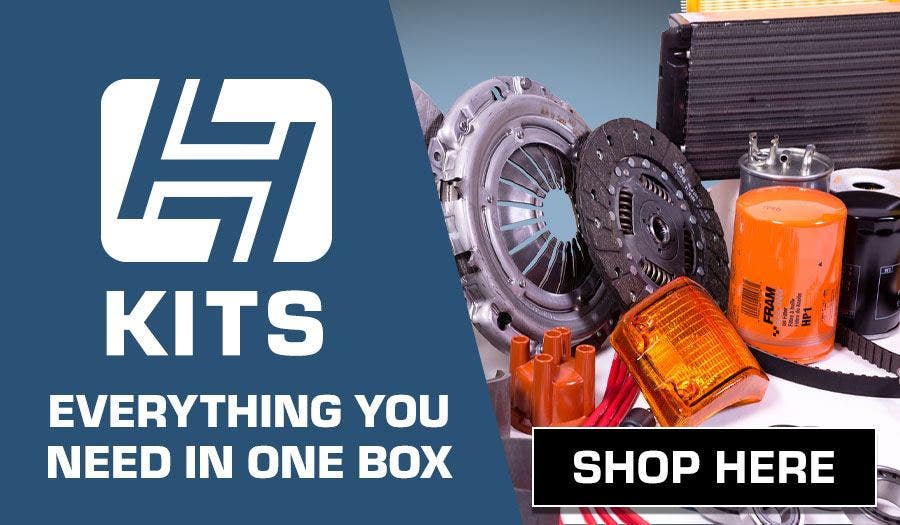Which VW Vanagon Engine Is Best For You?
Whether you’re an air-cooled purist, like the idea of a fuel-sipping diesel or prefer the smoothness of a later ‘wasserboxer’ there’s a VW Vanagon engine in the line up to suit all tastes and driving styles. But the million dollar question, and something we’re being asked all the time by prospective Vanagon buyers is – which one is best? Here’s our warts ‘n’ all guide…
VW Vanagon Aircooled Engine: 1600cc and 2000cc
The first Type 25s from 1980 were available with either a 1.6 (50bhp) or 2.0-litre (70bhp) air-cooled engine and you can instantly identify these by the absence of a second grille just above the front bumper. Air made way for water and the aircooled options were dropped altogether in 1982.
The early 50bhp air-cooled units (carrying a CT code) were derived from the Beetle engine but had hydraulic tappets, a conventional oil filter, and a cooling fan on the end of the crank. These engines are robust but painfully slow and worryingly thirsty. When buying you should be looking for cracked cylinder heads and evidence of overheating due to stuck thermostats.
Despite drinking even more fuel, the 2.0-litre 70bhp CU engine (above) was the better of the two air-cooled offerings. It was based on the Type 4 engine and first saw VW bus duties in the later Bay Window. Its twin Solex carbs, however, are troublesome; they are prone to air leaks and tricky to balance and often replacement is the best remedy.
Oil leaks from the pushrod tubes are also common (but relatively easy to sort) while rusty heat exchangers should be viewed with caution because they are pricey to replace. Meanwhile, blue smoke on the overrun points to worn valve guides or general bore/ring wear. Nasty knocks from the crank bearings aren’t a good sign either.
Sadly it’s not easy to check for end float because there’s a mesh guard over the fan.
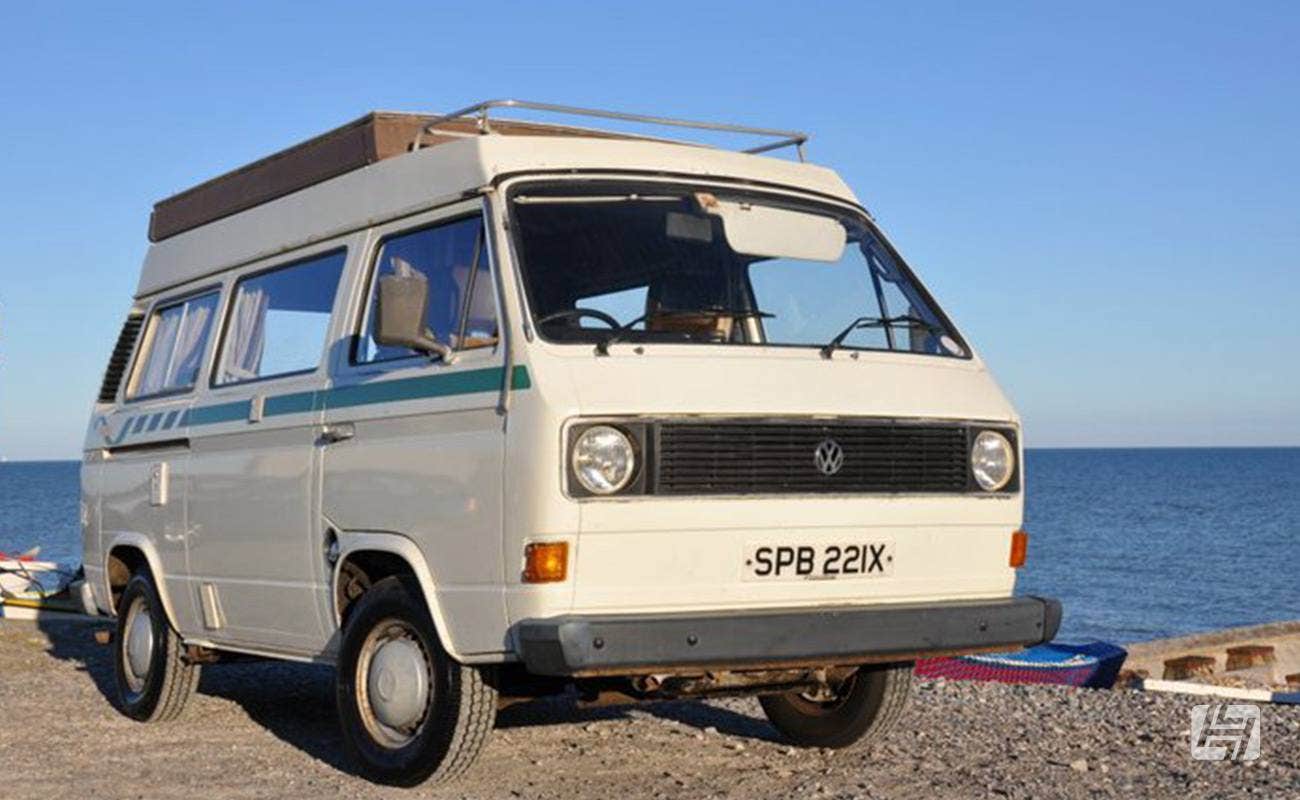

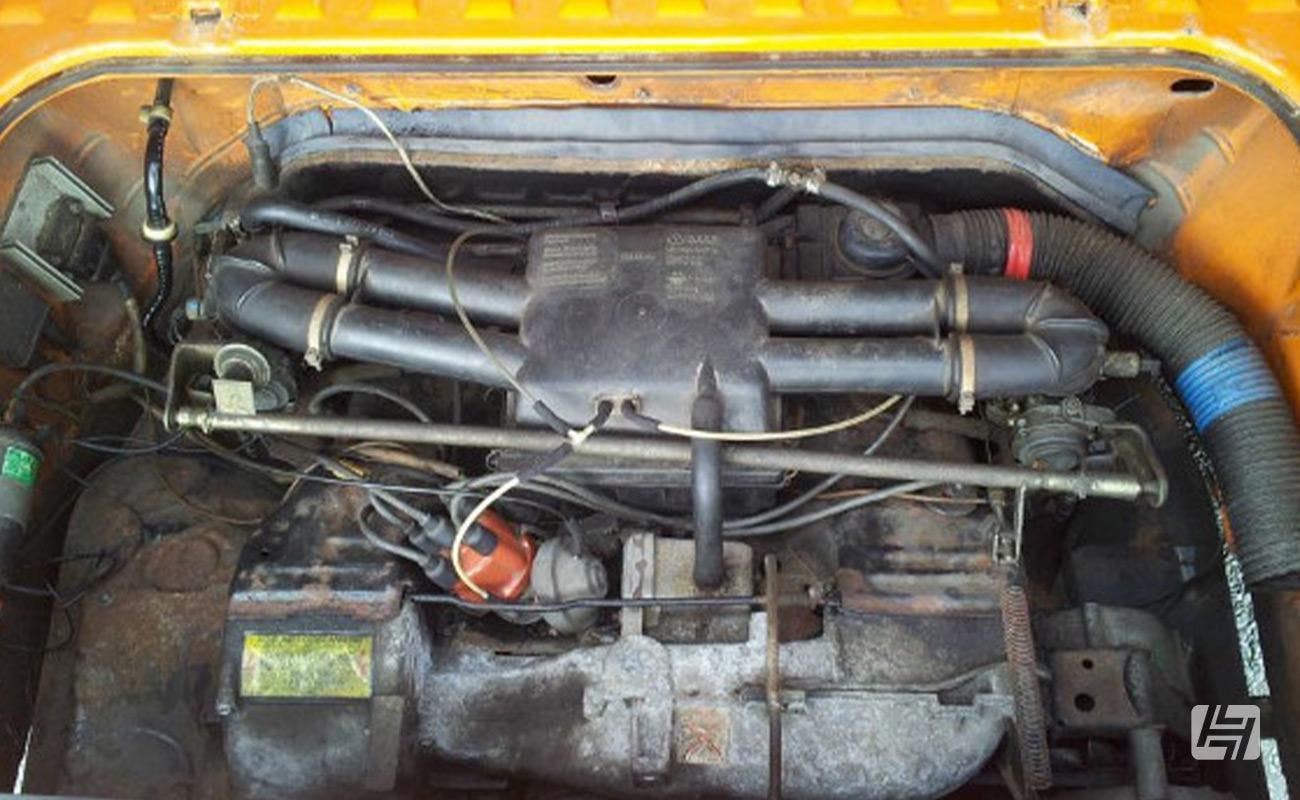

VW Vanagon Diesel Engine options: 1600cc and 1700cc
The water-cooled 50bhp 1.6 diesel unit was available from early 1981, and an altogether much better 70bhp turbodiesel was introduced in 1985.
The diesel engine was popular because it suited the nature of the T25 and most were derived from the Golf, albeit tilted over to fit the lower engine bay. A word of warning, though, the early 50bhp CS 1.6 is dangerously slow and many diesel-powered models will have endured a hard life as they were the obvious choice for commercial use.
The 1.7-litre KY engine (57bhp) was slightly better, but parts are scarce, which makes the JX codenamed 70bhp 1.6 turbodiesel the one to go for. Performance is about on par with the air-cooled petrol unit but with far better economy. Some owners have managed to eek out 40mpg on a run but between 30-36mpg is probably more realistic.
However, cylinder heads crack and turbos can fail, so beware of misfires and worryingly sluggish performance. We sell Type 25 cylinder heads online and supply replacement 1.6 Diesel Turbochargers too.
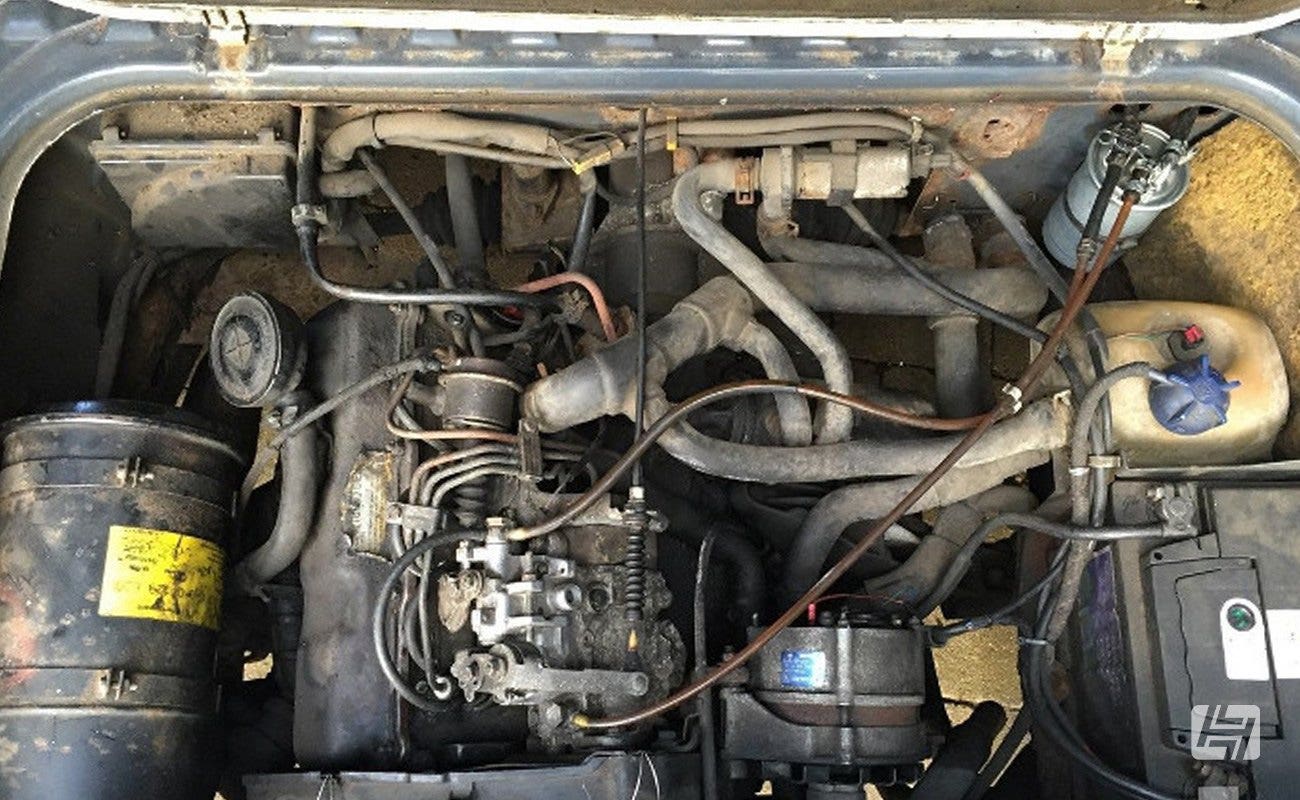

The VW Vanagon Waterboxer Engine: 1900cc and 2100cc
By the end of 1981 there was a switch from air to water-cooling for the petrol units with a 60bhp and 78bhp 'wasserboxer' being offered. The 60bhp DF 1.9 feels a little underpowered, making the 78bhp DG unit a much better option – although beware of any with leaky exhausts as it’s a complex system and tricky to fit. Whilst it's more a modern engine, don't expect mpg miracles; the economy from these engines is likely to be in the region of 25mpg.
Unfortunately, all ‘wasserboxers’ suffer from a design fault by virtue of the fact that the cylinder head bolts pass through a water jacket and can corrode if the anti-freeze (containing rust inhibitors) hasn’t been changed regularly. Some owners swear by the use of pink phosphorous-free antifreeze (G12/G13 coolant), but basically, it’s a case of ensuring it’s been changed every two years on the dot. If the bolts go and the gasket starts leaking coolant (you might see a faint crystalised trace initially), then a full rebuild or replacement engine is the only option.
The fuel-injected WBX 2.1 from 1985-on (with 87-95bhp) is brilliant and can even be made to produce a bit more poke if you (legally in the UK) remove the catalytic converter. The pick of the bunch, if you can find one, is the 2.1 carrying the DJ engine code which produces a very healthy 112bhp and has a surprising amount of usable torque. Being fuel injected any running problems are likely to be as a result of faulty sensors, so make sure it idles nicely and doesn’t cut out when warm.
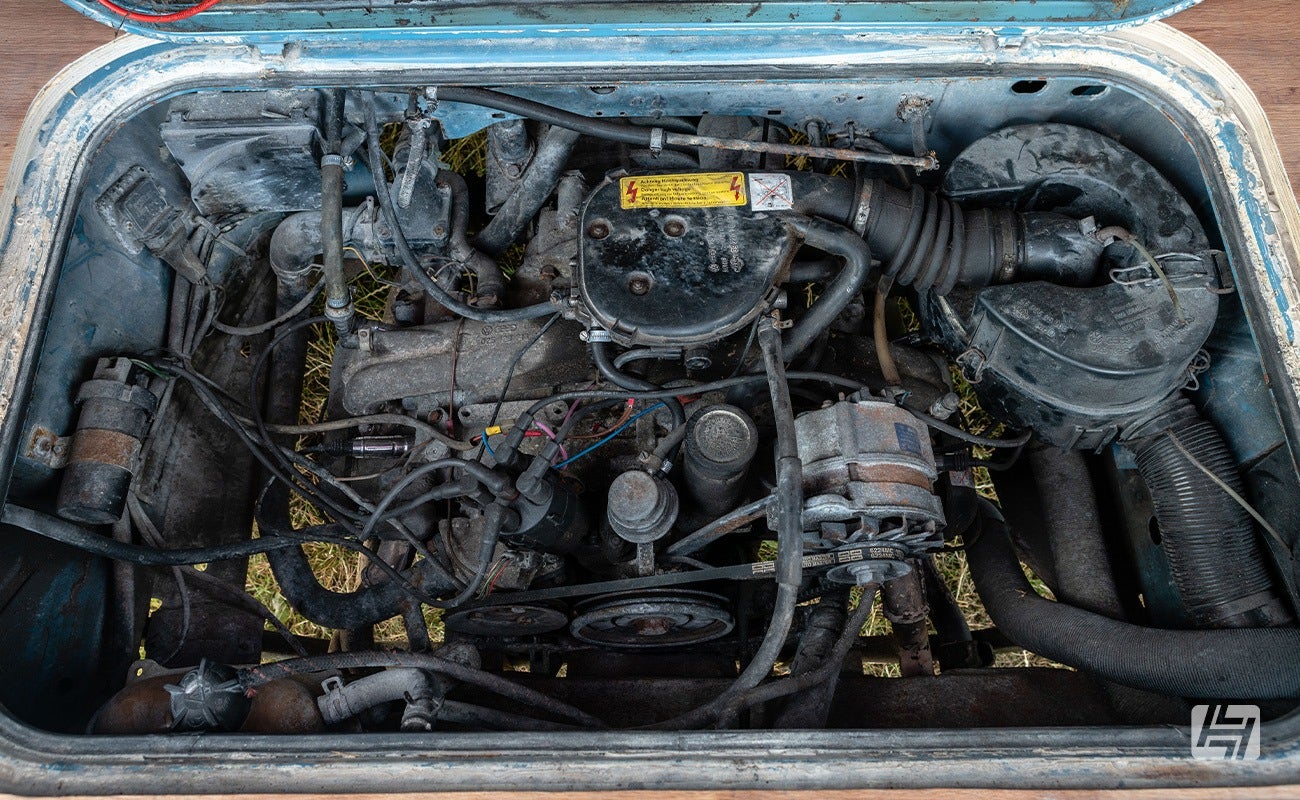

Alternative VW Vanagon engine options...
If you’ve got this far and still don’t feel particularly impressed by the factory T25 engine offerings, there’s always the option of upgrading to newer technology. With a different bellhousing a Mk3 Golf GTI or diesel engine can be made to fit, although its extra height means you would lose a bit of space in the back unless you angle it right over. You could even fit a later 1.9 PD diesel unit, or a tuned 1.8 Turbo if you have a bigger budget and an appetite for performance.
The flat-four EJ22 Subaru Impreza engine is a common swap into older Volkswagens, and gets around the height issue. Whilst you’ll appreciate the extra kick in the back from the turbo version, the economy would be similar (or perhaps a little worse) than the original VW water-cooled unit. The swap isn't straight forward though, especially into an aircooled bus, and it would still involve a fair amount of work. If fuel economy is priority #1 then consider the Subaru Diesel engine range as your donor power plant.


Volkswagen Vanagon Engine Codes: Quick Reference.
Want to quickly decode what Type 25 engine is fitted? Here's a list to help you.
CT: 1600cc Aircooled Petrol (50bhp) CU/CV: 2000cc Aircooled Petrol (70bhp) EY: 1900cc Watercooled Petrol (55bhp) DF: 1900cc Watercooled Petrol (60 bhp) SP: 1900cc Watercooled Petrol (73bhp) DG: 1900cc Watercooled Petrol (78bhp) DH: 1900cc Watercooled Petrol (83bhp) GW: 1900cc Watercooled Petrol (90bhp) SR: 2100cc Watercooled Petrol (87bhp) SS: 2100cc Watercooled Petrol (92bhp) MV: 2100cc Watercooled Petrol (95bhp) DJ: 2100cc Watercooled (112bhp) 1600cc Diesel (50bhp) KY: 1700cc Turbo Diesel (57bhp) JX: 1600cc Turbo Diesel (70bhp)
Verdict: Which Vanagon Engine would we pick?
To be honest, none of the Vanagon engines were particularly strong, so a vehicle that’s just had a freshly reconditioned unit fitted is likely to be the safest bet.
The non-turbo diesel and early air-cooled units are arguably more reliable than the later water-cooled lumps, but they’re not nearly as smooth to drive and a fully kitted out camper with an elevating roof will struggle to keep up with modern traffic.
Of course, every Vanagon owner has their favourite engine, so expect to hear lots of different views on this matter. In our humble opinion though, the two best options are the 1.6 turbo diesel and the later 2.1-litre water-cooled unit. The best advice, though, is to try one of each before you buy and make your own mind up…
Best of luck.
Ian




 Bug
Bug
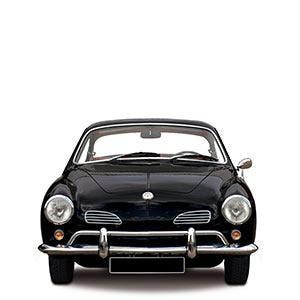 Karmann Ghia
Karmann Ghia
 Bay Bus
Bay Bus
 Vanagon
Vanagon
 Eurovan
Eurovan
 Transporter T5
Transporter T5
 Rabbit Mk1
Rabbit Mk1
 Golf Mk2
Golf Mk2
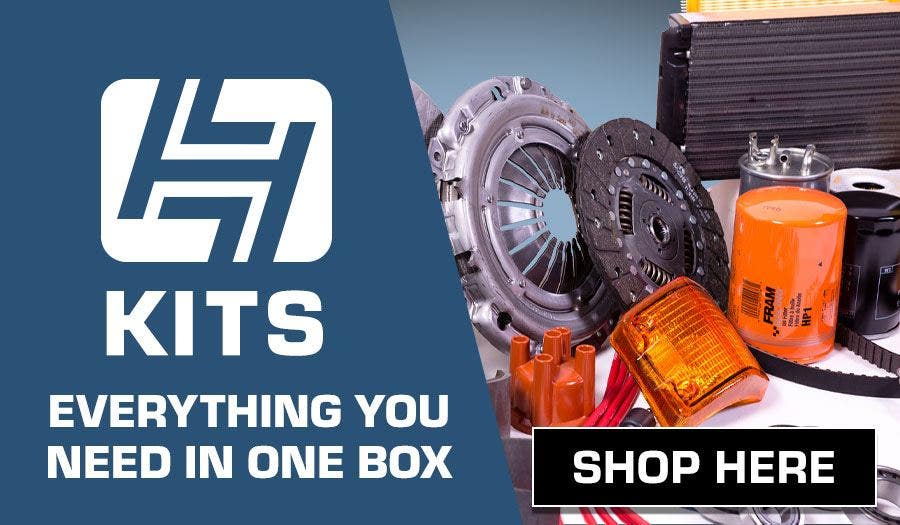

 911
911
 996
996
 997
997
 986 Boxster
986 Boxster
 987 Boxster
987 Boxster
 912
912
 944
944
 924
924
